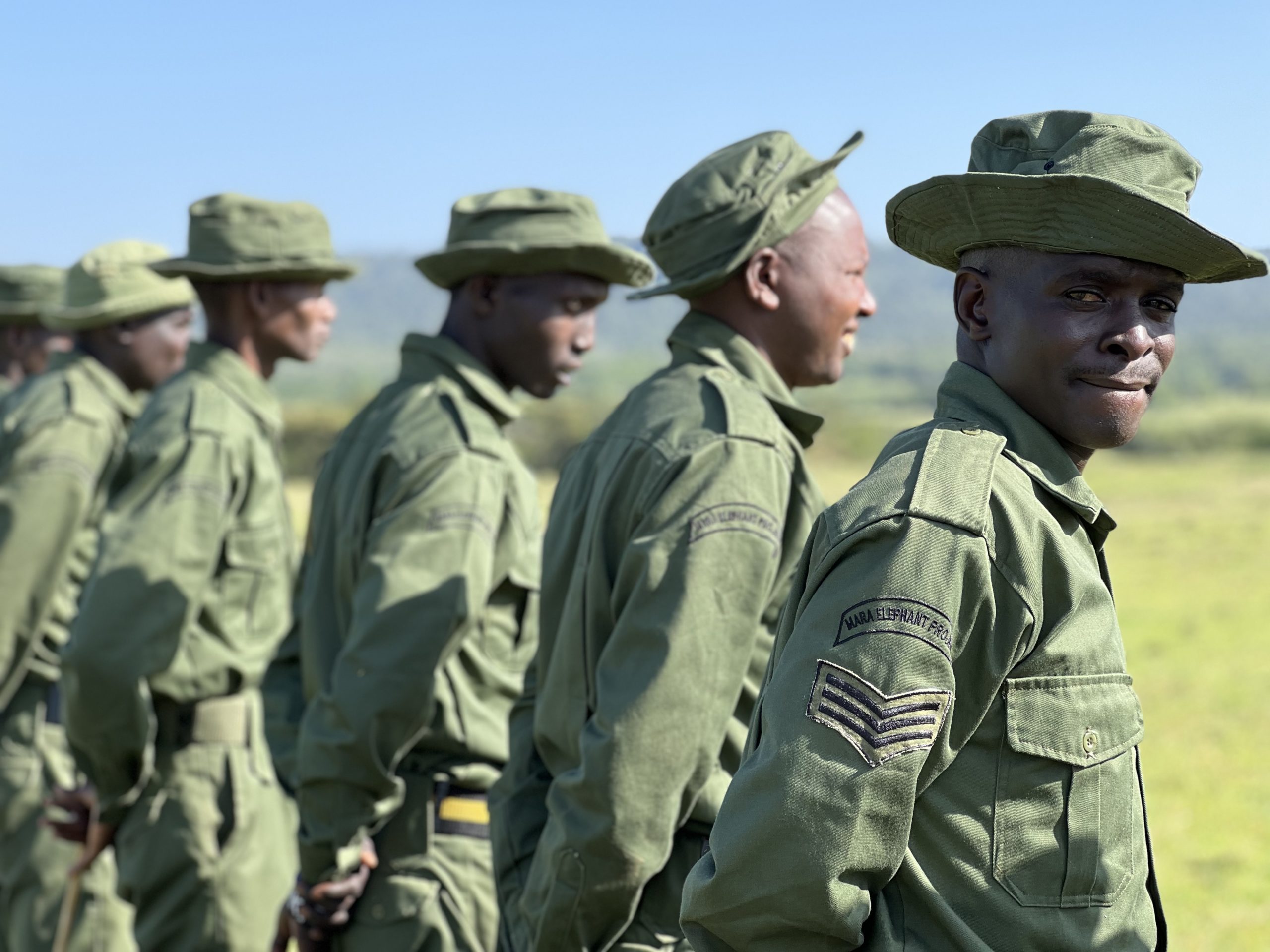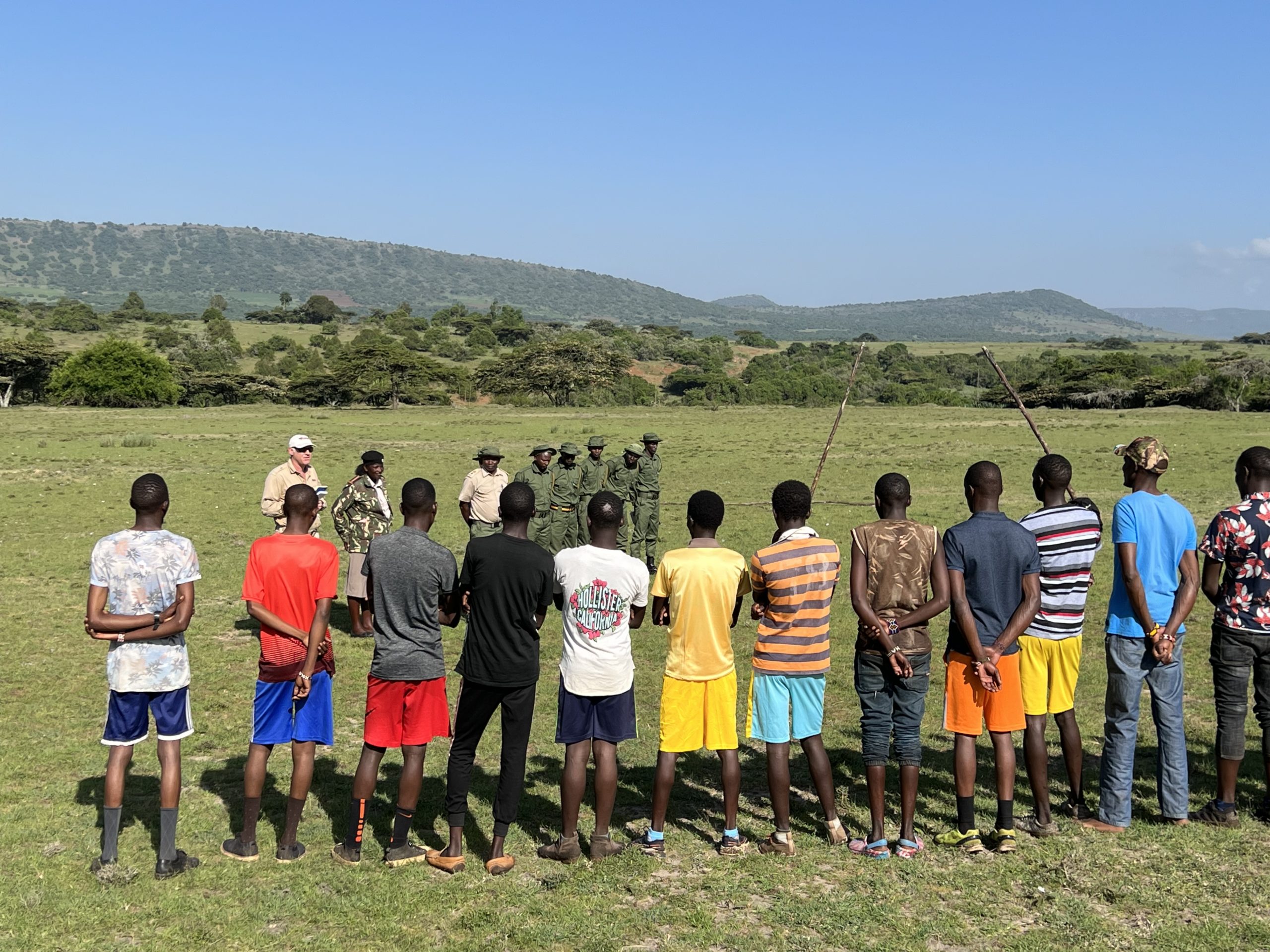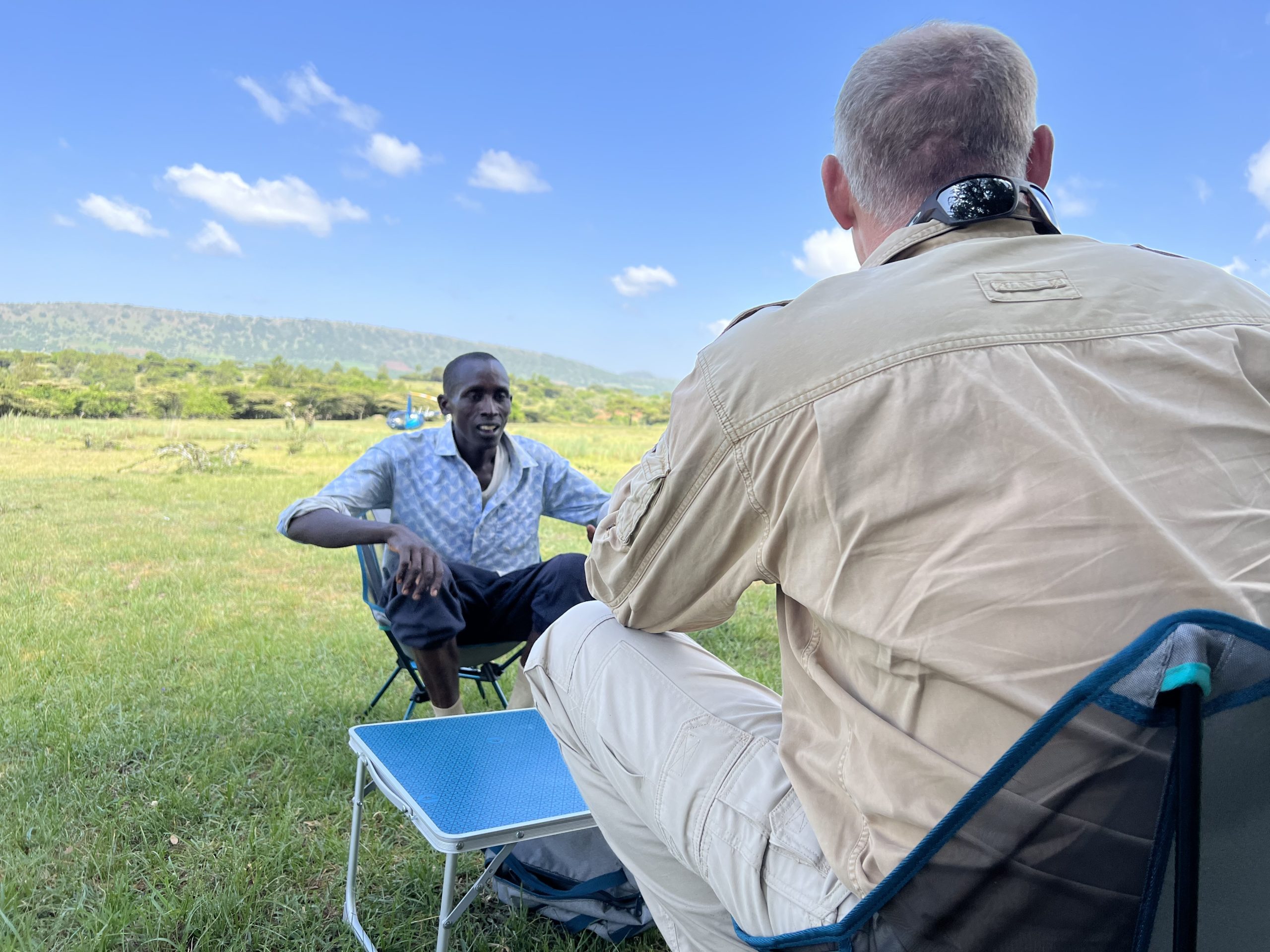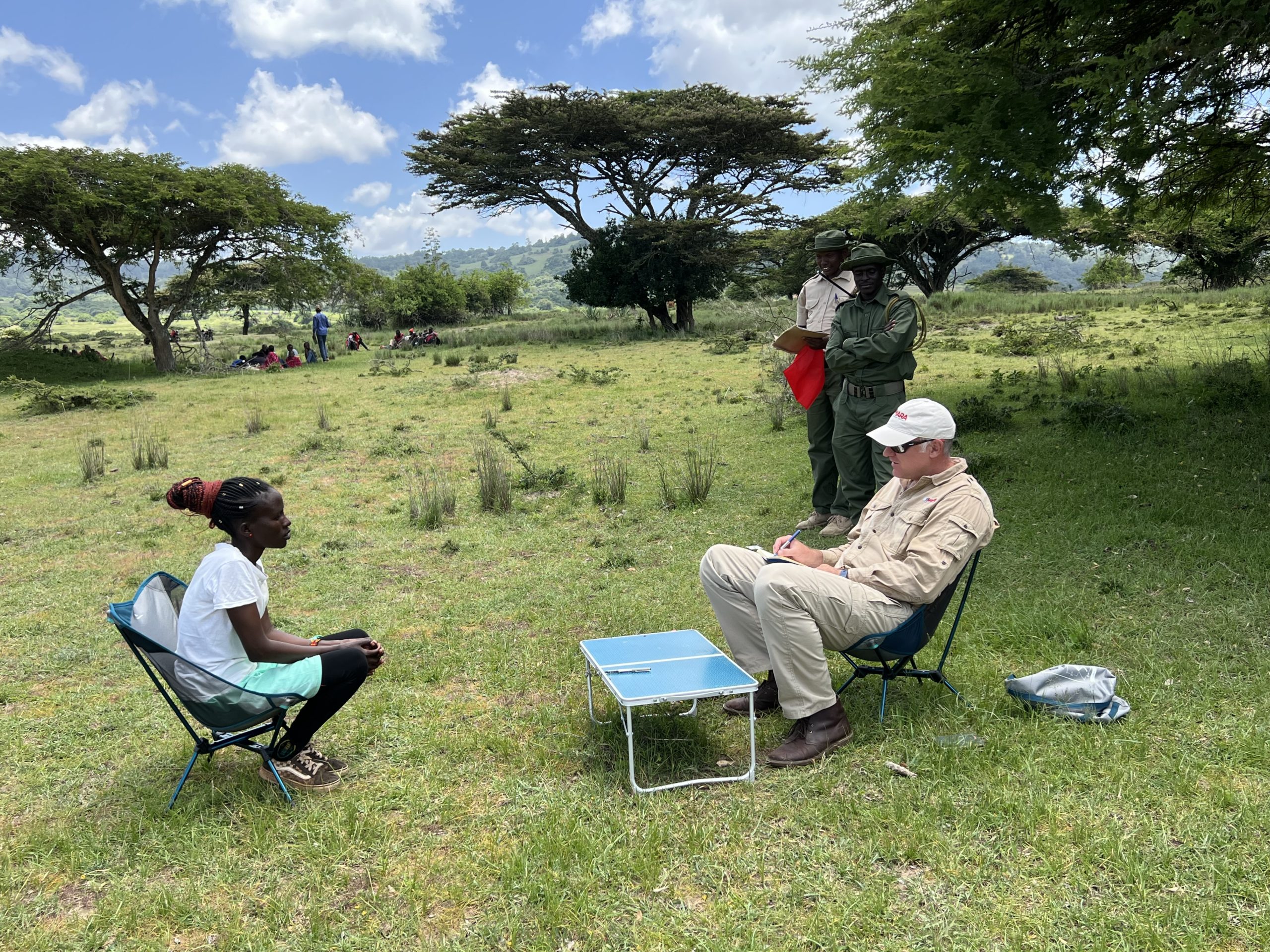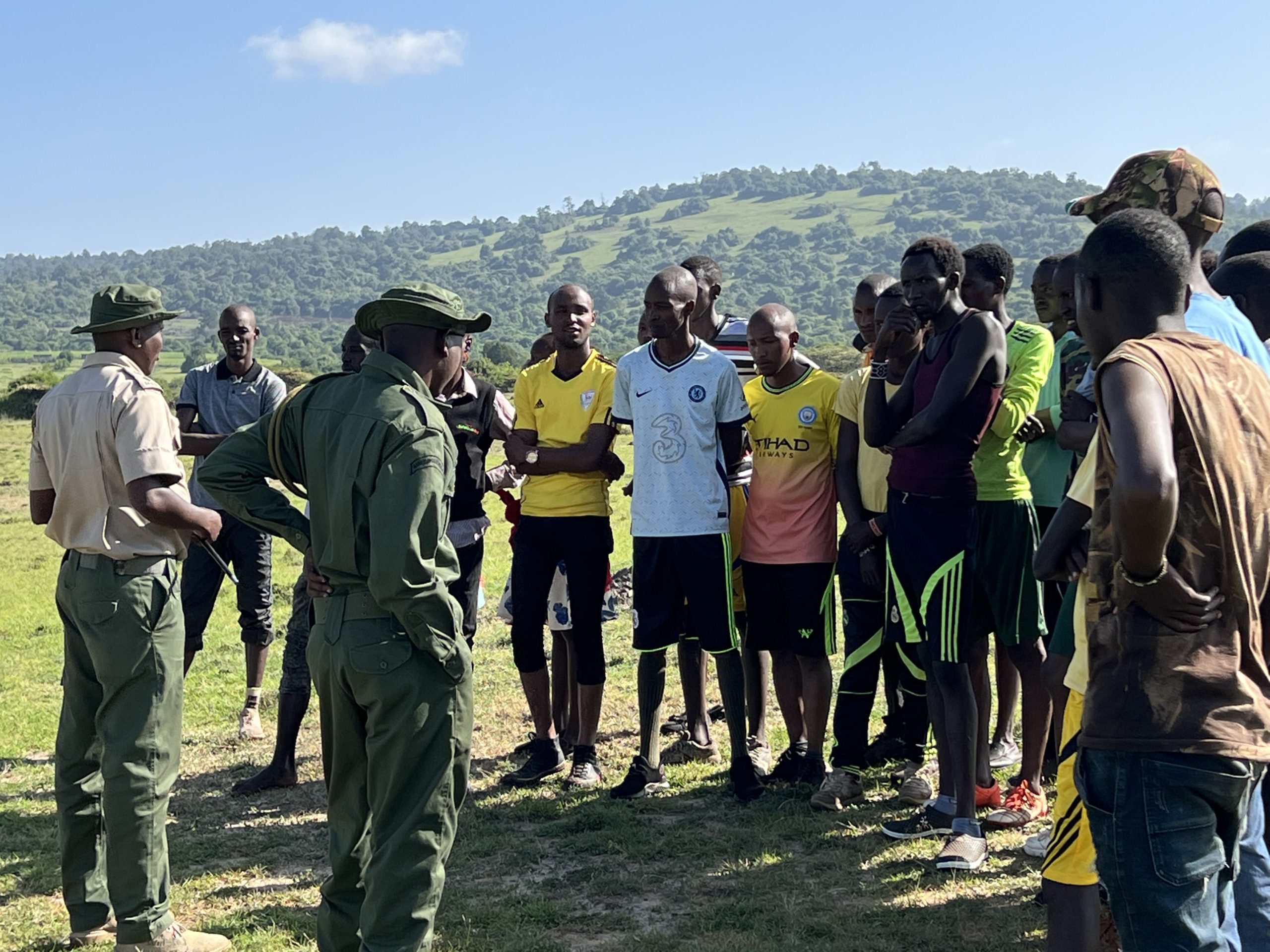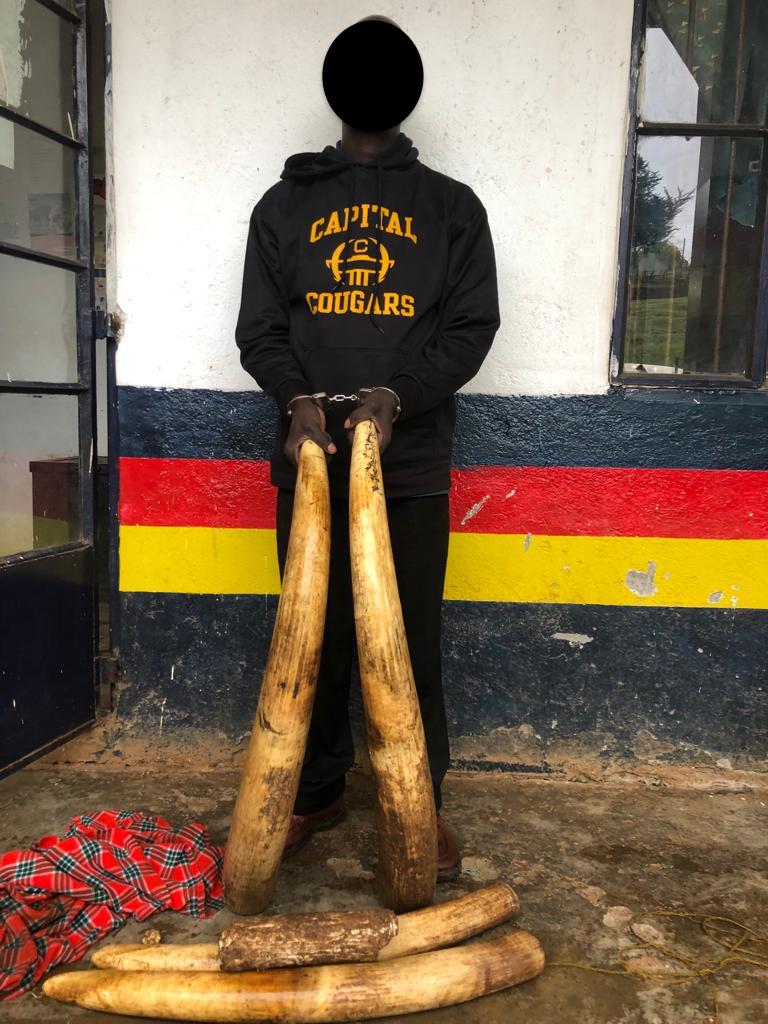This year started strong with another arrest and ivory seizure. Kenya Wildlife Service (KWS) arrested one suspect with 30 kg of ivory based on Mara Elephant Project intelligence on January 31 in the Olengurone area of the Mau Forest. After this arrest we teamed up with Kenya Forest Service (KFS) and KWS to do two aerial patrols and found numerous incidents of logging and charcoal making. We also found two herds of elephants in the same area. After meeting with KFS leadership from Nakuru we decided to set up a large fly camp consisting of KWS, KFS and MEP rangers to clean up this portion of the forest. In the Greater Mara Ecosystem (GME), MEP has deployed four teams to the Mau Forest and Loita Forest. These teams are supported by Sheldrick Wildlife Trust (SWT) and Lori Price and do extremely important work to protect the forests and the wildlife who live there.
On January 19, MEP’s Conservation Officer Wilson Sairowua received a report from a Richard’s Camp guide that a baby elephant in Mara North Conservancy appeared to have a snare wrapped around his neck. The MEP long-term monitoring (LTM) team went to locate the baby and confirm the injury the next day. The LTM team knows the herd from their monitoring activities, and it included an individual they had monitored previously. They continued to monitor the herd and baby until a KWS vet was available. The KWS Vet Dr. Titus Kaitho from the SWT Rift Valley Unit arrived and with assistance from MEP’s LTM team and Olare Motorogi Conservancy rangers they treated the elephant calf. The MEP leased helicopter was critical to the successful operation to separate the baby and its mother from the herd to keep personnel on the ground safe. They cut the snare from around the baby’s neck and the KWS/SWT vet properly cleaned and dressed the wound. After the procedure, the baby was reunited with his herd and continued to be closely monitored by rangers on the ground.
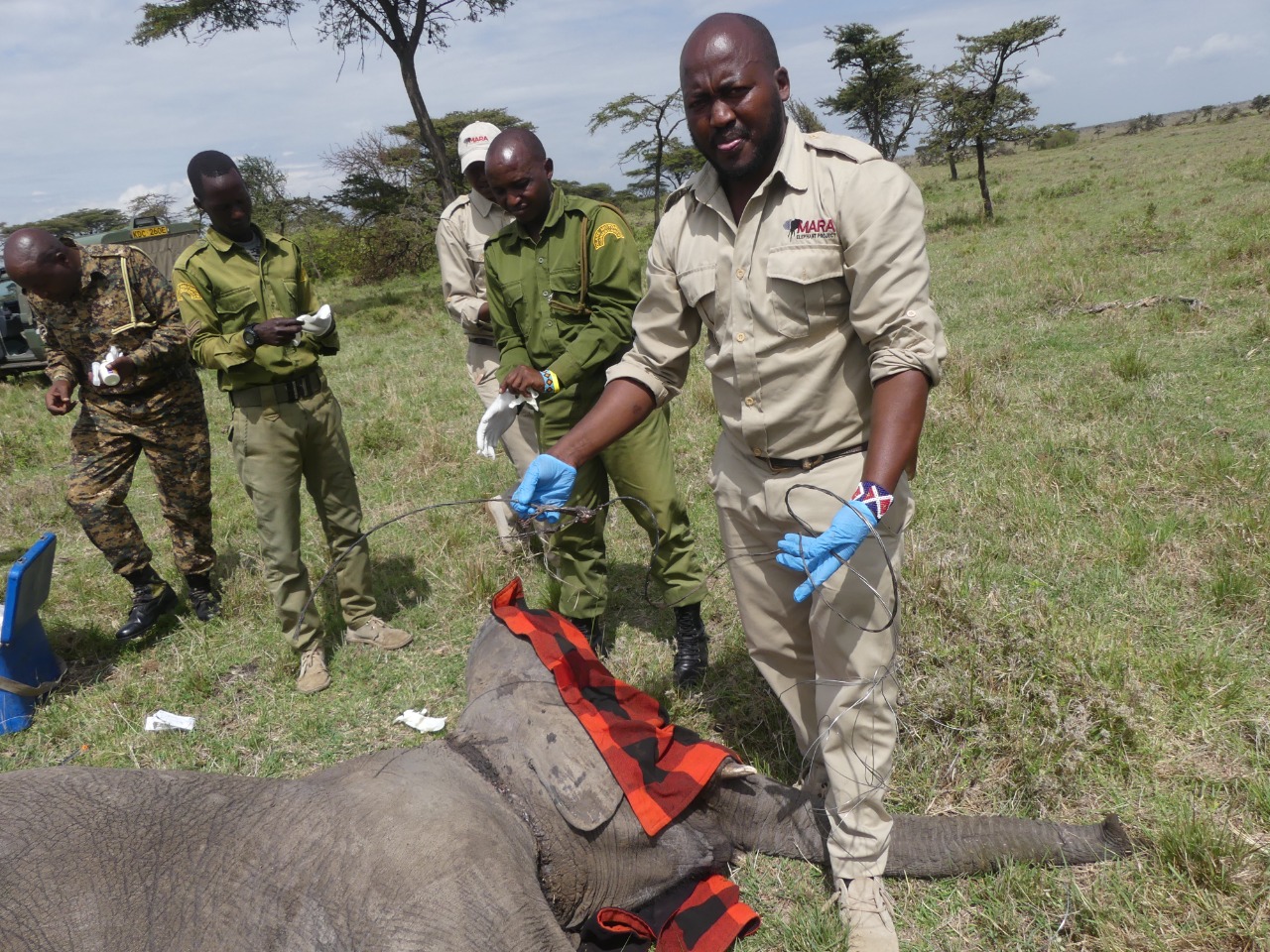
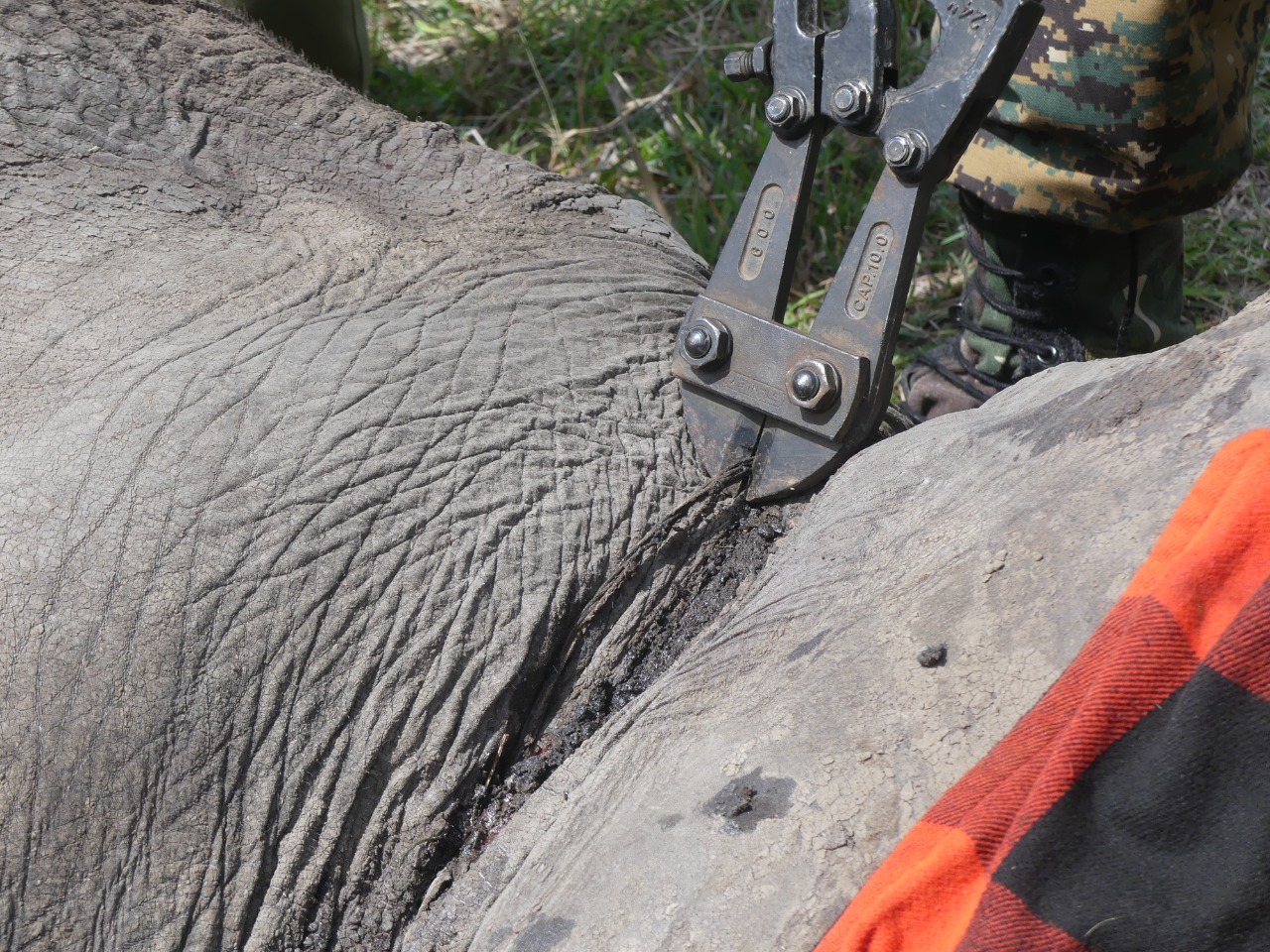
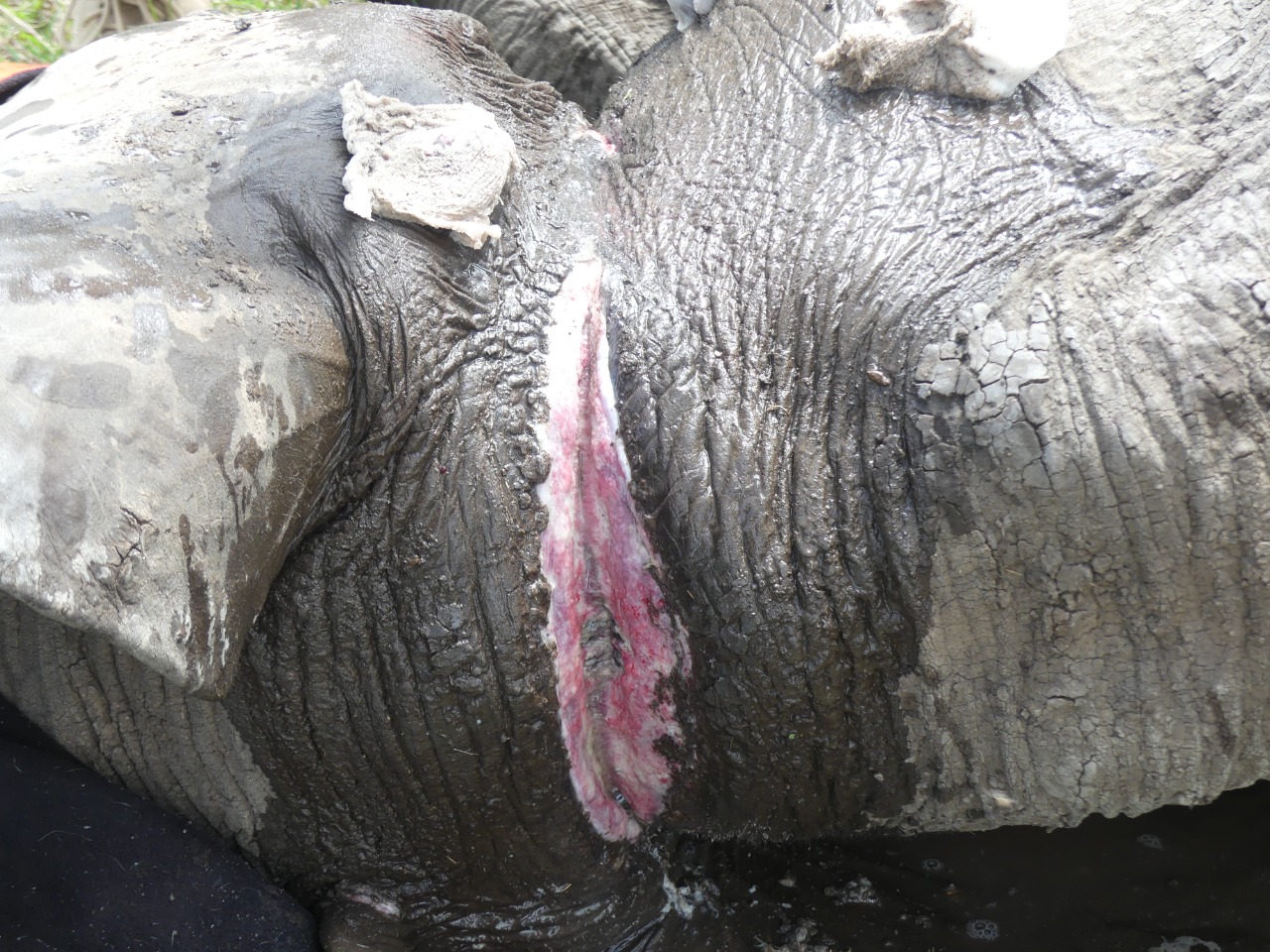
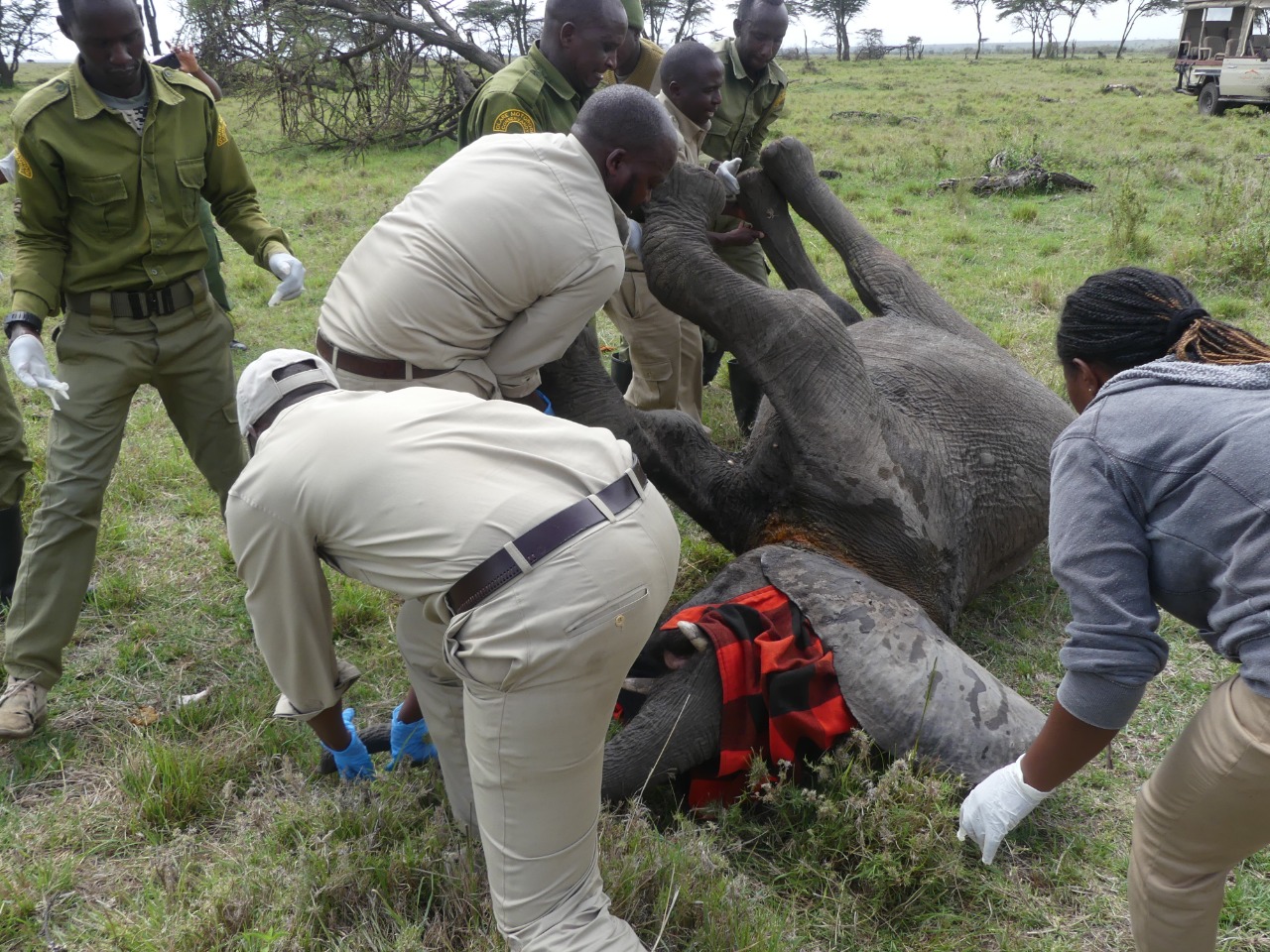
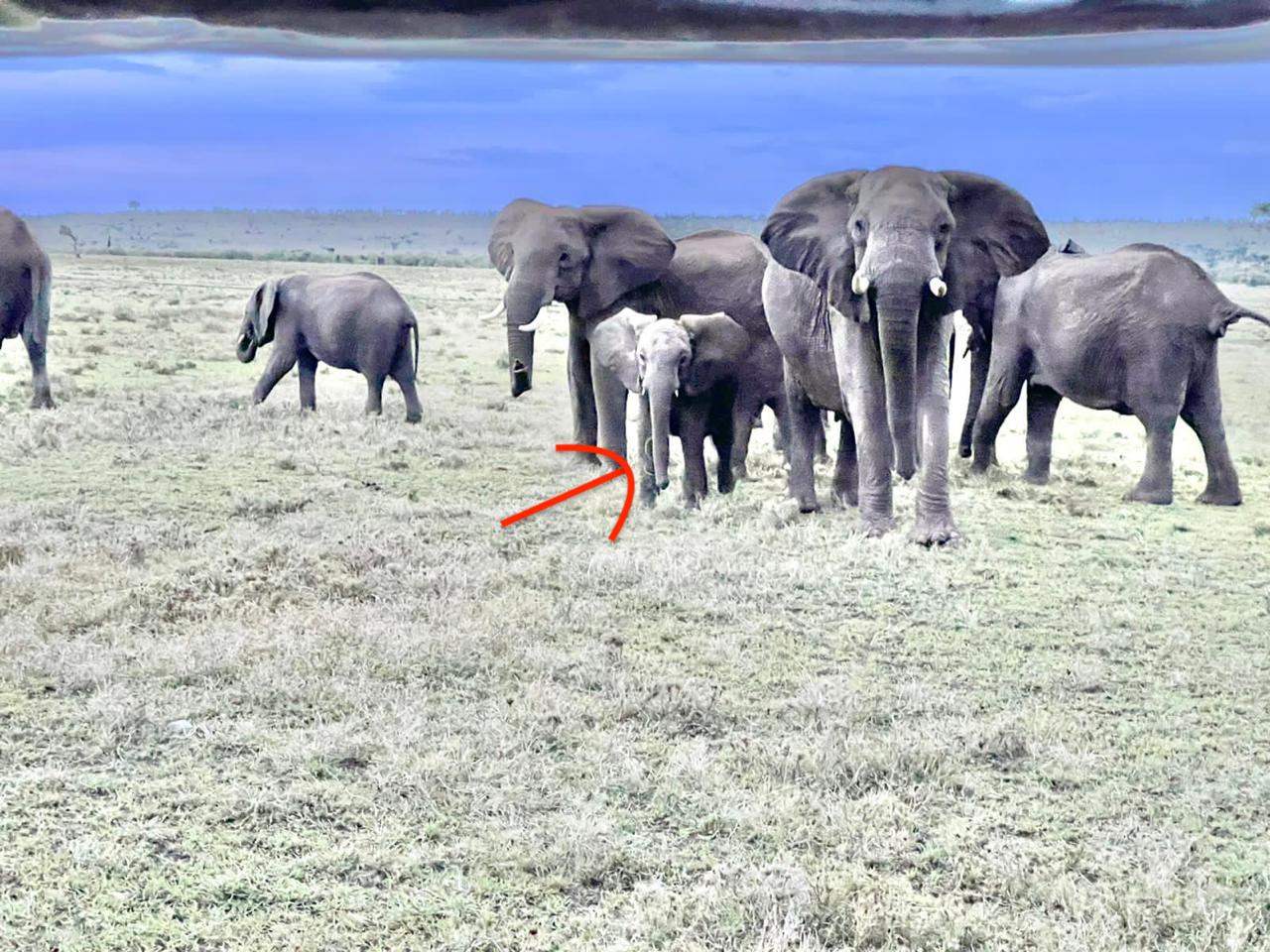
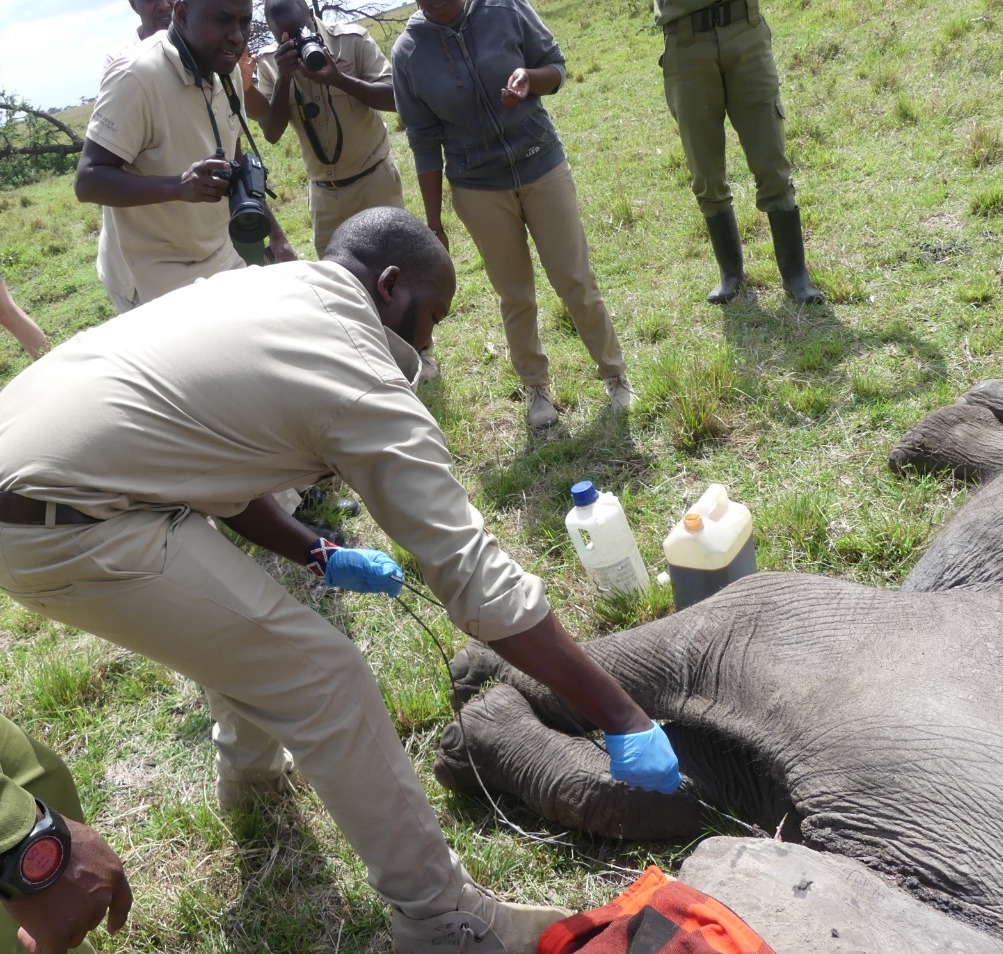
KWS, Wildlife Research and Training Institute (WRTI) and MEP collared elephant Ivy is a very important elephant that we monitor. Originally collared in 2011, she is not only one of our longest tracked elephants, but she also provides critical movement data and conflict prevention data. Continually tracking her is important for both security and human-elephant conflict monitoring, which is why on January 24, Ivy was re-collared in the Transmara by KWS, WRTI and MEP. The MEP leased helicopter was used as aerial support to our ground team, which included KWS Vet Dr. Titus Kaitho, MEP’s “Echo” ranger unit, and Dr. Jake Wall. Ivy was successfully re-collared to continue her monitoring into the future.
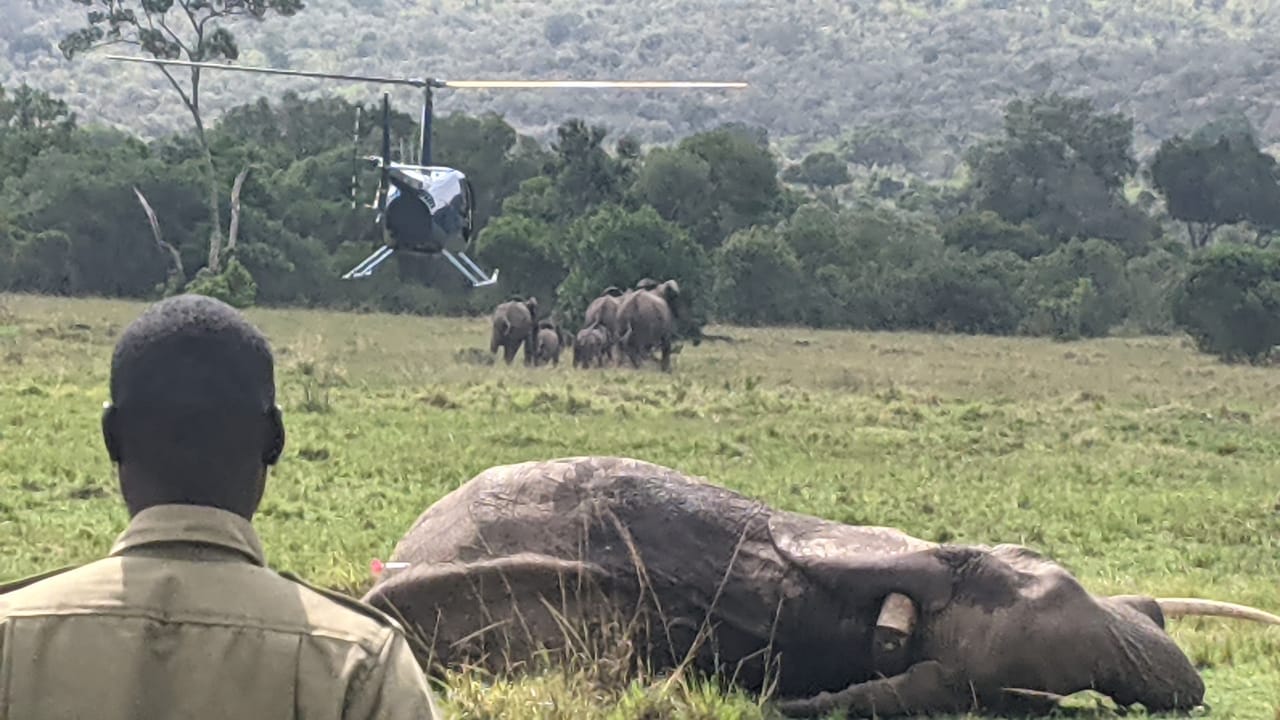
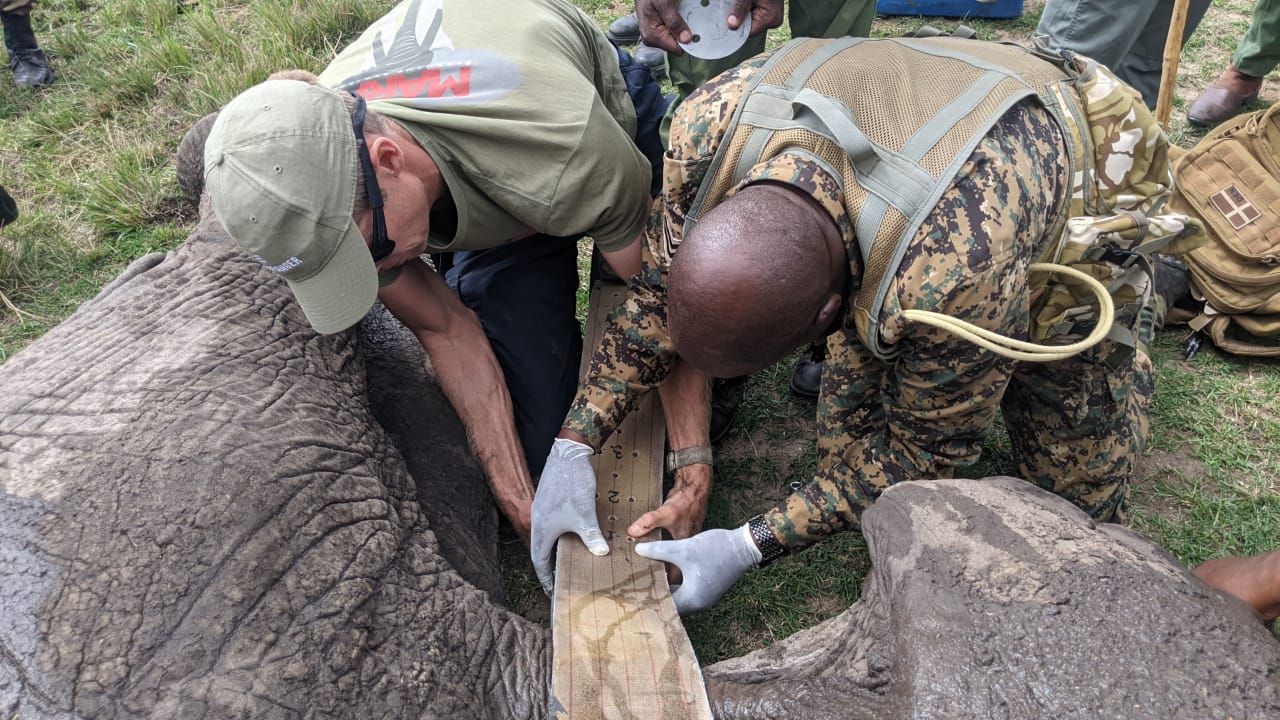
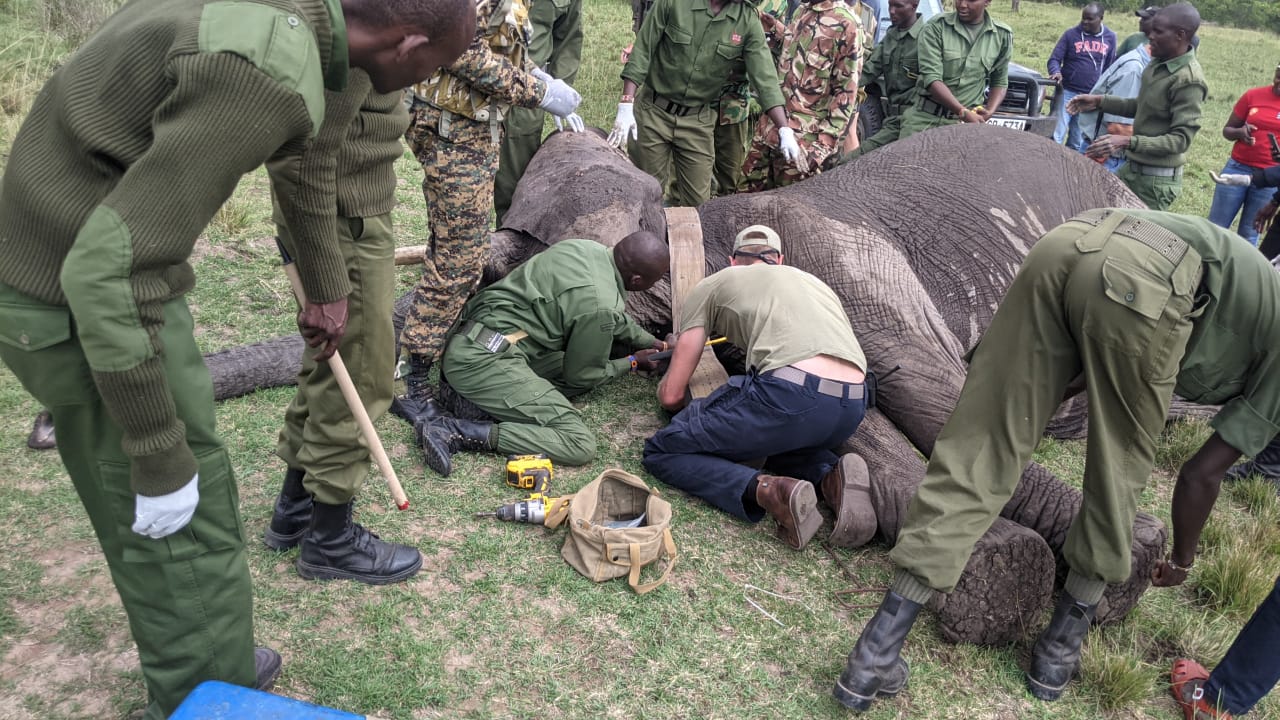
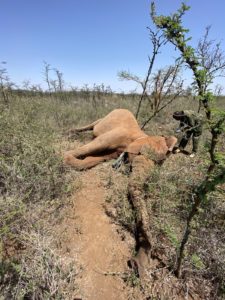 On January 16, a report came into our rangers that a herd of eight elephants that included one rouge elephant was killing livestock in the community Engata Entarit in Naroosora, a high conflict area. The MEP ranger unit on the ground responded, but more action was required. On January 27, KWS Vet Dr. Titus Kaitho joined us in the MEP leased helicopter to dart the aggressive female elephant and collar her to allow for WRTI, KWS and MEP to respond immediately if she enters community land again; her name is Natasha. We will also use her tracked movements to hopefully show connectivity between the Mara and Shompole/Magadi ecosystems or demonstrate connectivity lost due to an increase in farms, human settlements and fences. The collaring is done under a long-term collaboration between MEP, KWS and WRTI on understanding habitat connectivity, resource allocation and conflict mitigation as well as elephant protection.
On January 16, a report came into our rangers that a herd of eight elephants that included one rouge elephant was killing livestock in the community Engata Entarit in Naroosora, a high conflict area. The MEP ranger unit on the ground responded, but more action was required. On January 27, KWS Vet Dr. Titus Kaitho joined us in the MEP leased helicopter to dart the aggressive female elephant and collar her to allow for WRTI, KWS and MEP to respond immediately if she enters community land again; her name is Natasha. We will also use her tracked movements to hopefully show connectivity between the Mara and Shompole/Magadi ecosystems or demonstrate connectivity lost due to an increase in farms, human settlements and fences. The collaring is done under a long-term collaboration between MEP, KWS and WRTI on understanding habitat connectivity, resource allocation and conflict mitigation as well as elephant protection.
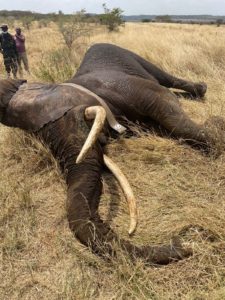 The helicopter was also used in two key collaring operations in February alongside KWS and the WRTI. On February 22, KWS, WRTI and MEP collared a bull elephant in Nakuru, who was named Lolotoo, meaning “The Traveller”. This large bull elephant was located outside of the Mau Forest, near another collared elephant Ritan, in the Sachanwan Forest and will provide KWS, WRTI and MEP important movement data to illustrate historical range and connectivity between ecosystems. The helicopter was extremely helpful during the collaring with our partner KWS Vet Dr. Limo.
The helicopter was also used in two key collaring operations in February alongside KWS and the WRTI. On February 22, KWS, WRTI and MEP collared a bull elephant in Nakuru, who was named Lolotoo, meaning “The Traveller”. This large bull elephant was located outside of the Mau Forest, near another collared elephant Ritan, in the Sachanwan Forest and will provide KWS, WRTI and MEP important movement data to illustrate historical range and connectivity between ecosystems. The helicopter was extremely helpful during the collaring with our partner KWS Vet Dr. Limo.
The second collaring was with a re-collaring operation for an elephant everyone seems to know very well, Fred. He was re-collared by KWS, WRTI and MEP on February 23 in Mara North Conservancy. Fred is a favorite among staff and the collaring operation was a team effort with KWS Vet Dr. Limo, myself, Jake, Wilson as well as the LTM team. Originally collared in 2013, Fred at the age of 47 is one of the largest bulls KWS, WRTI and MEP monitors in the GME.
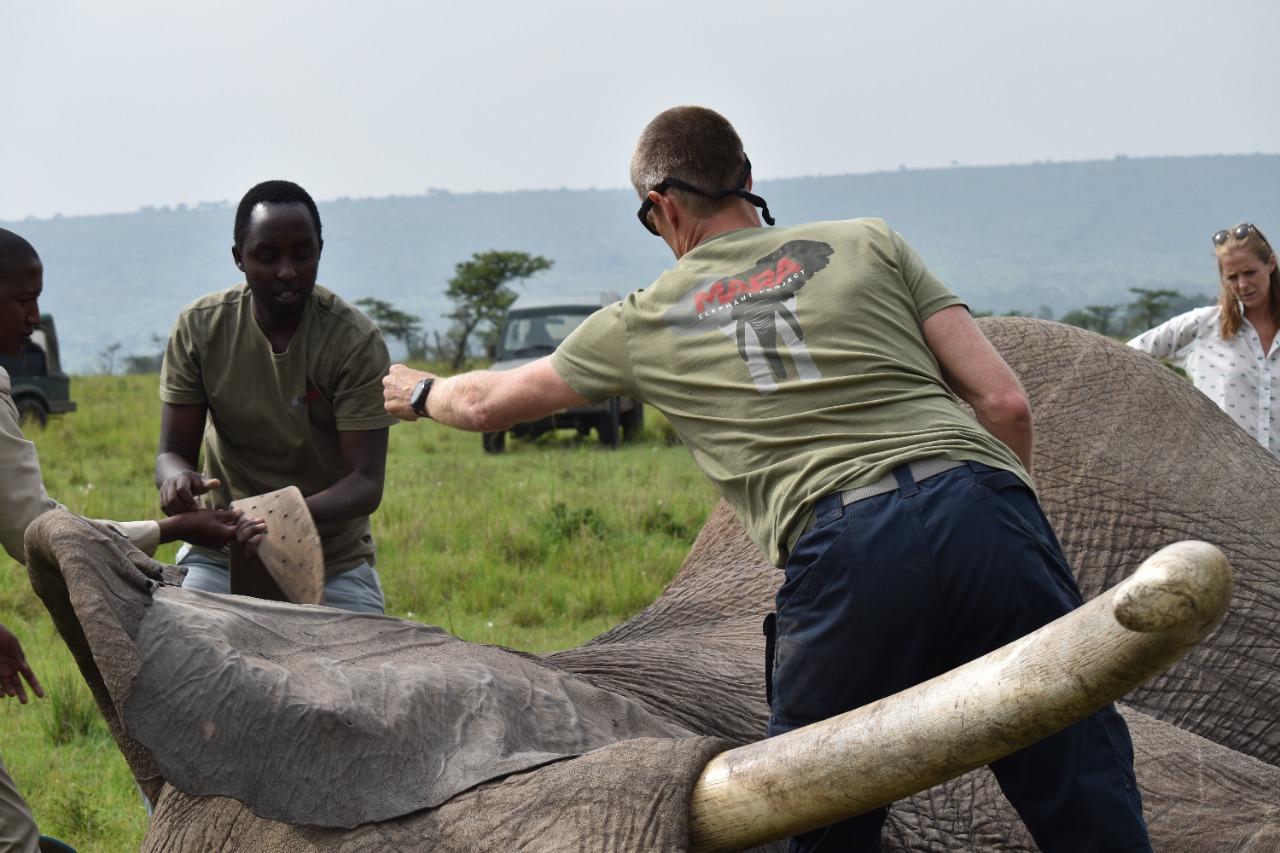

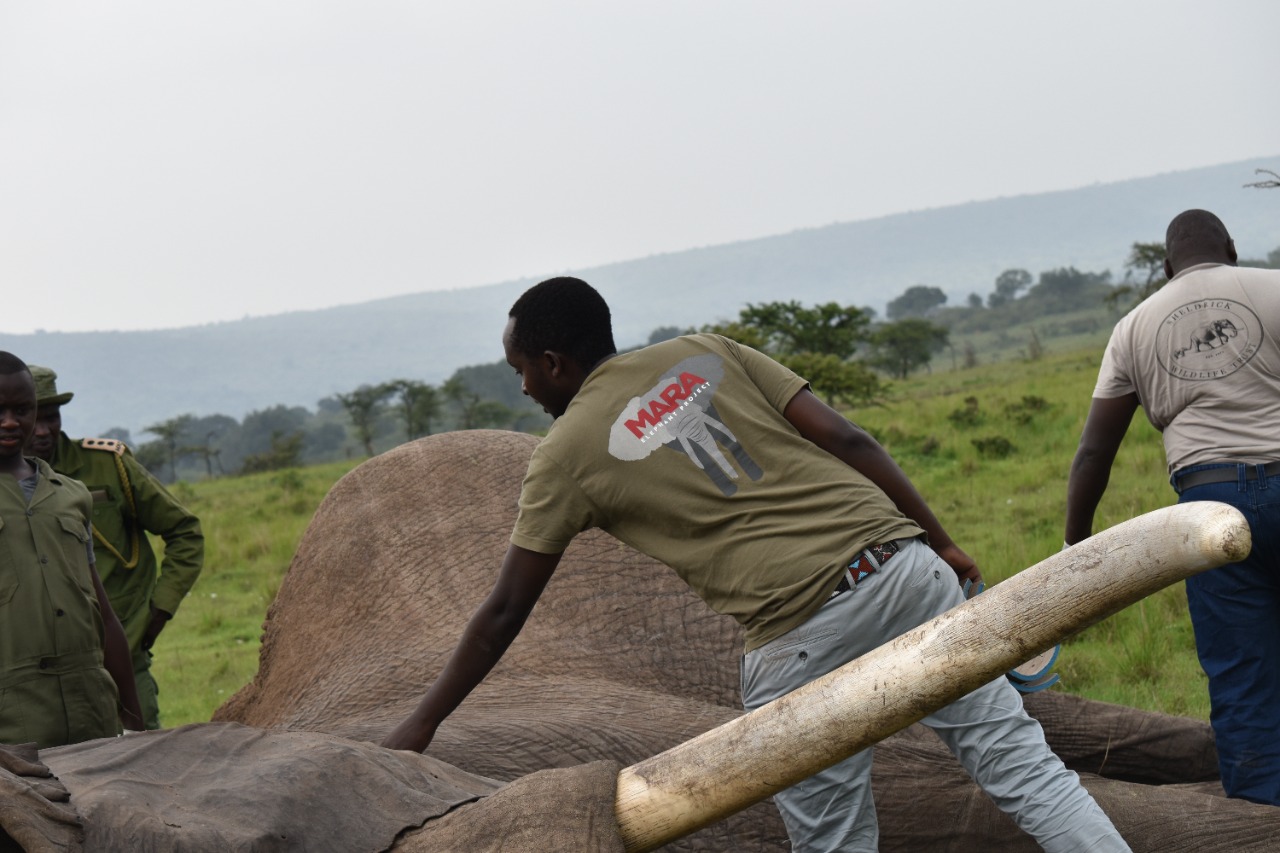


Finally, we are excited to announce the addition of a brand-new ranger unit dedicated to protecting the Forest of the Lost Child (Naminina Enkiyio) or Loita Forest. We currently have two ranger teams operating in the Loita Forest, and due to increased security concerns, we’ve decided to launch a third in the Isokon portion of Loita. Recruitment was held on March 8 and 34 men and women showed up to the recruitment overseen by MEP’s Assistant Senior Warden Jackson Maitai, the MEP “Echo” ranger unit (stationed in the Loita) and myself. The recruitment started with a 3 km timed run and the first runner came in at a brisk pace of 14 minutes and most did this barefoot. After this, they were interviewed by me. The field has been narrowed down to five candidates that will join MEP at headquarters for training. We can’t wait to introduce you to the new rangers once training has been completed. We are so grateful to our supporters for joining MEP to protect the Loita Forest.
